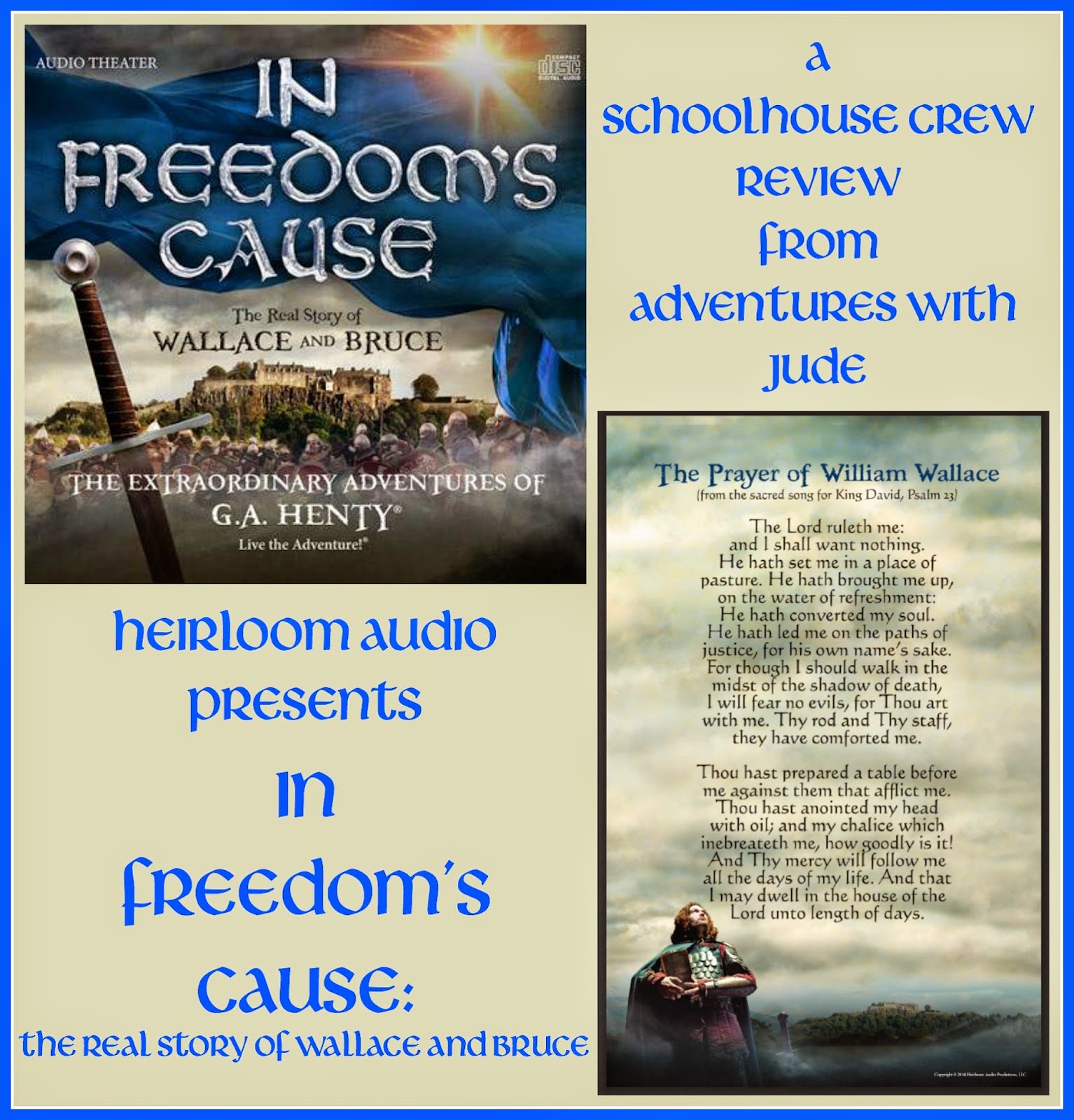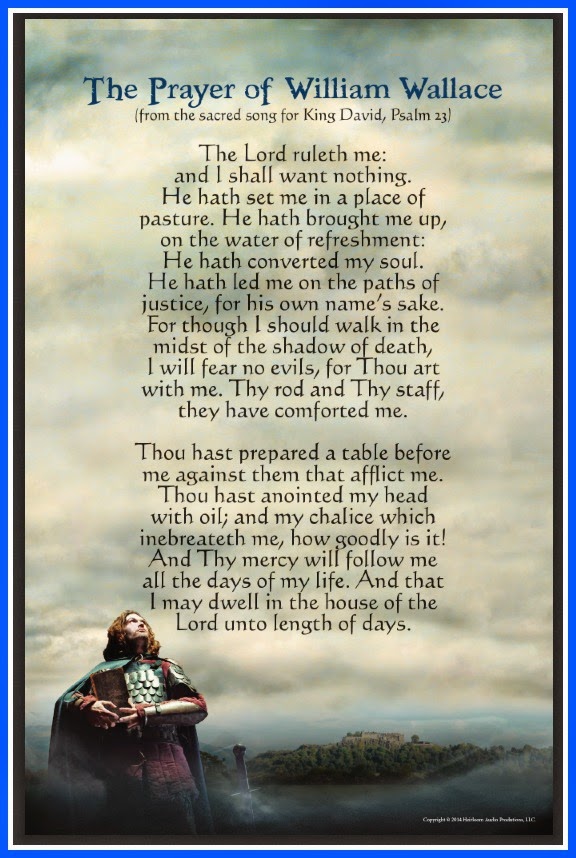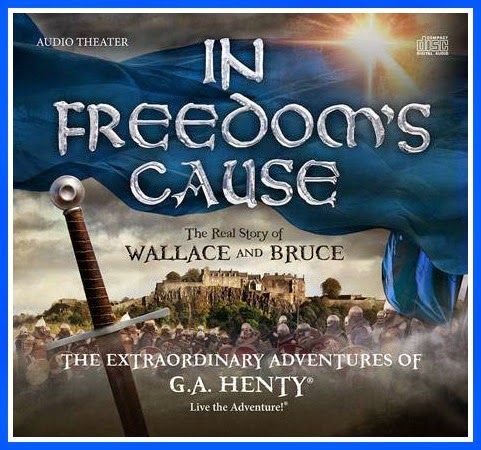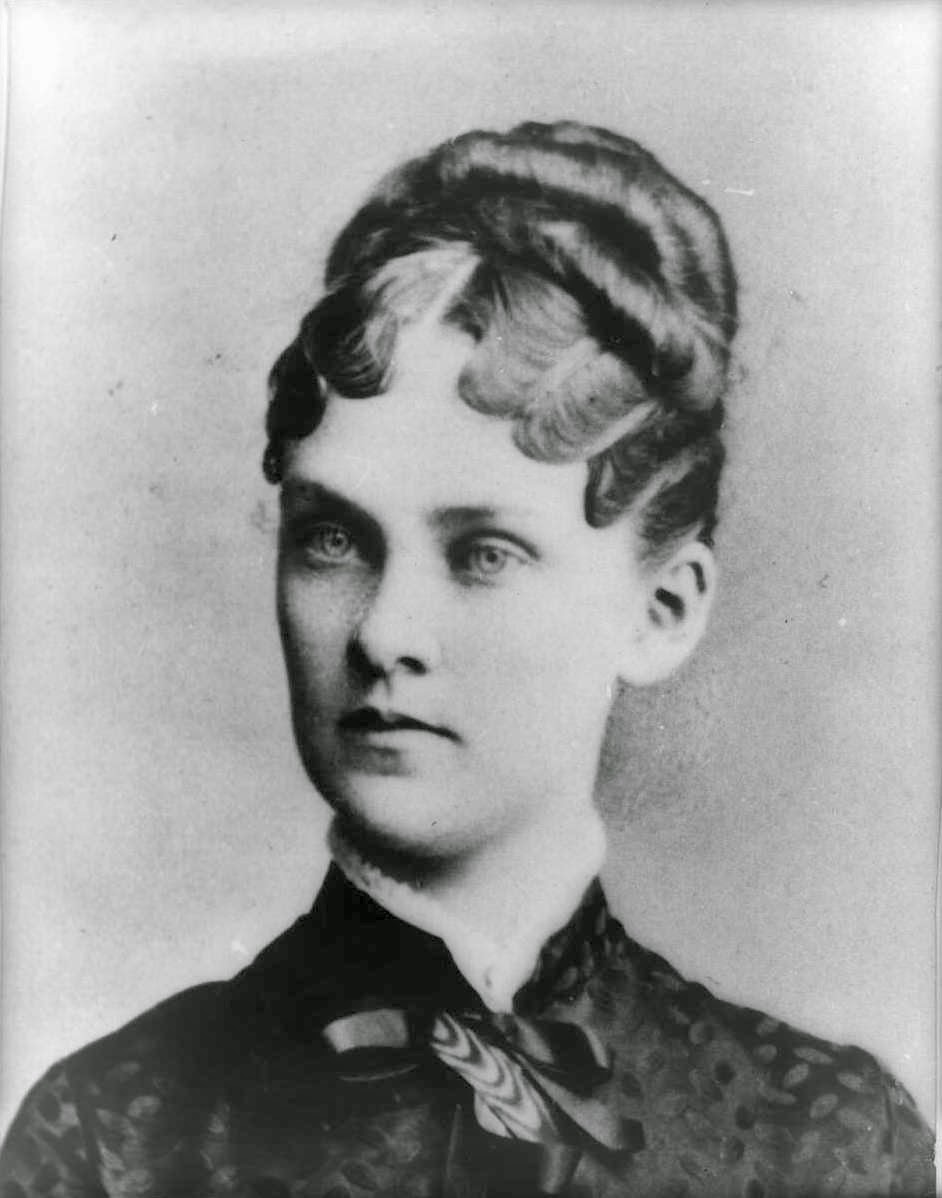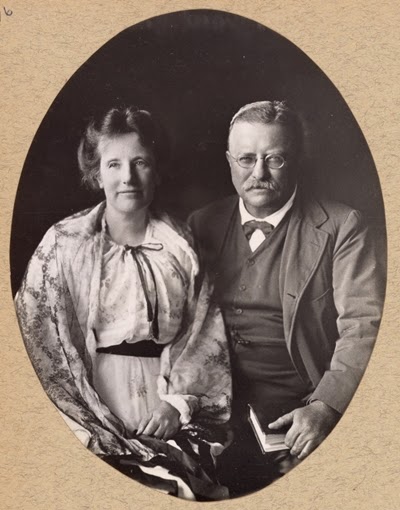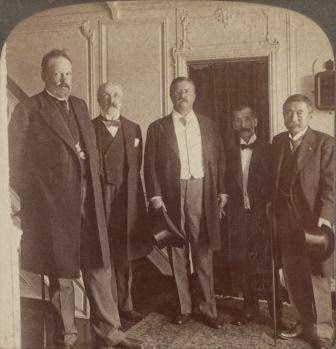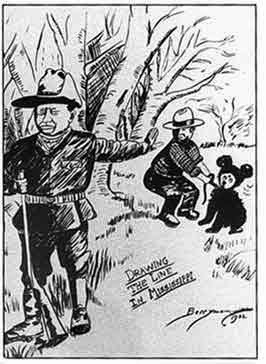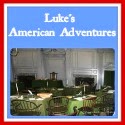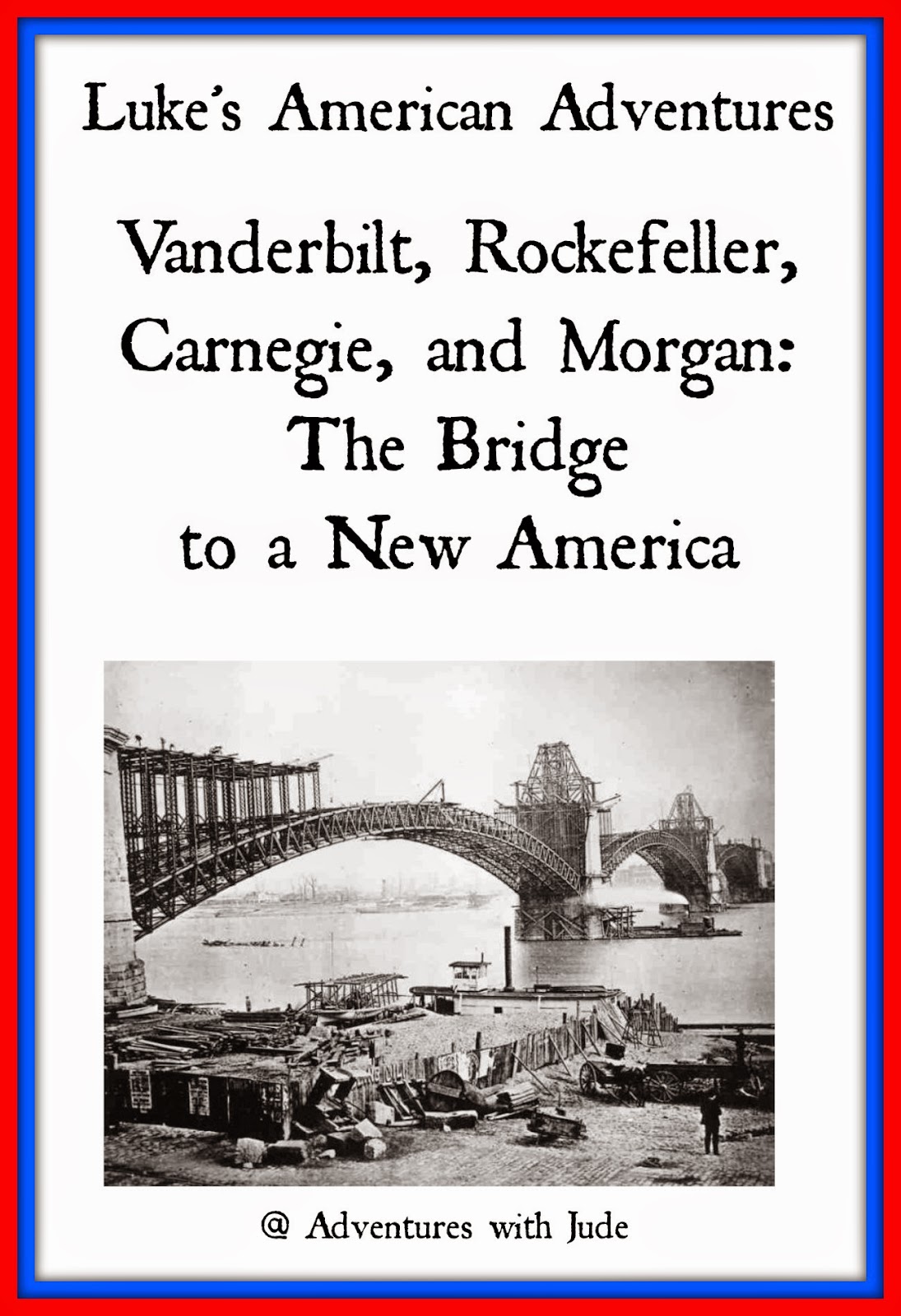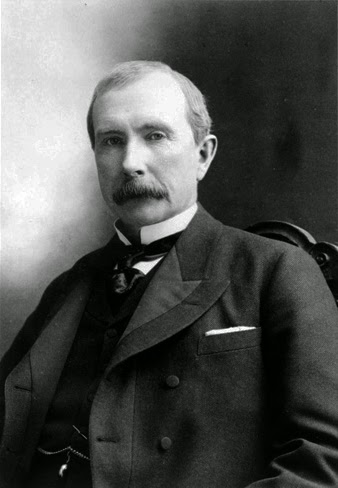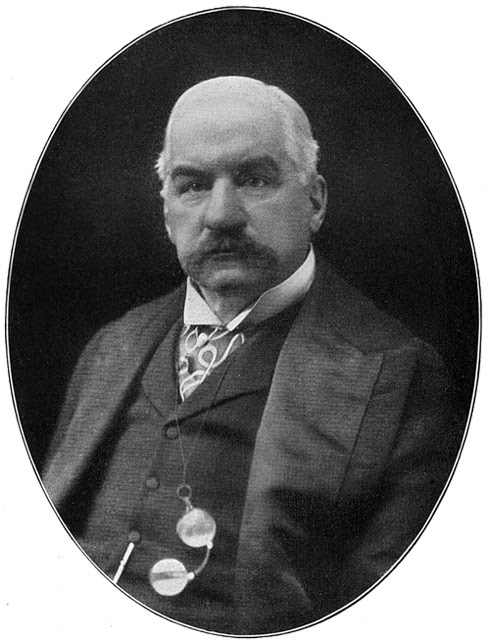This week, as part of my goal to learn more about the women in the Bible during this Lent, I read Twelve Extraordinary Women by John MacArthur. It was a fairly good study, exploring both Old and New Testament women. MacArthur starts at the very beginning, with Eve, and continues through Scripture. Most of the women are people we've all heard of, but there was at least one (Rahab) that I didn't know very well. What I took to heart was a different perspective on these women than I had in the past.
During the fall, God decrees to Eve that "childbearing will hurt." Literally, it's interpreted as "Childbirth hurts." After having five babies with no anesthetics, I can say, "Yep, giving birth hurts." But looking deeper into Genesis, it's not just the hours of delivery that hurt, but raising children that hurts, too. Through her (and Adam's) choice, sin enters the world, and their children are not immune from argument. Another well-known story is how Cain slays his brother Abel. I can't imagine losing one son at the hand of another isn't painful either. Raising children has its own heartaches, for both mothers and fathers. Is that part of our punishment? I'm not certain as it's merely an interesting thought that came to me mid-chapter. I don't have much theologically to go with the idea, but it's something I'm going to contemplate for a bit.
Sarah is a woman who refuses to give up on God, but gets frustrated that His timing isn't hers. Doesn't that sound familiar? I can't tell you how many times I wished God would just show me an answer now. When Sarah tries to rush and manipulate things by offering her servant to Abraham as a surrogate doesn't work, and only makes waiting on God harder. God waits to bless her (with a child) when there is absolutely no chance of it not being clear it's His hand in things. My take-away is not that being impatient isn't wise (though being patient is not something that comes easily to me), but rather that when things seem absolutely impossible, that's when God works miracles.
I really enjoyed the chapter about Rahab, and found her story intriguing. I had a passing knowledge of her story - she was a harlot who hid the Israelite spies at Jericho. What I hadn't realized is how she marked her chamber (so that the Israelites could find her after) with a red cord. Sure, there's some deep symbolism in being a red marker on a doorway and wandering Israelites and all that, but what I was mostly reminded of is how God takes the mundane - a scarlet cord that just marked her house - and turns it into something great. I imagine that cord was a tool of her trade as well, and God uses bother her and it to advance His plans. She also continues the link between the Israelites and Jesus - "Salmon begat Boaz by Rahab, Boaz begot Obed by Ruth..." and so on (Mt 1:5). She and her cord weren't anything special -- she's not Eve who was the first woman, not Sarah who gives birth to the first of a line of descendents that "outumber the stars" -- but without her, the trajectory would be changed. Clearly, it doesn't mean that suddenly all of the smallest things become of enormous importance, but I think it's interesting that something so ordinary had such an effect. It's a reminder to me to not overlook the small things while I wait for grand gestures.
The story of Naomi and Ruth reminds me of parenting. One minute, you're flying high and then along comes a reality check. Naomi has a husband and two sons and is caught up in a famine and leaves with them for Moab in order to survive. Naomi comes back from Moab with nothing to show for her time there except Ruth. Her husband and sons - her hopes - are gone, yet what I see is she had an unwaveringly loyal friend at her side. Reading about how Ruth supported Naomi makes me realize what it is to be a friend, and extra grateful for the friends I'm blessed with. It's also story that shows God sends us the people we are meant to have in our lives. To support the two of them, Ruth worked in the fields and happened upon Boaz. She wasn't looking for a husband (she really just wanted food), and God parked her in his field. I'm most definitely not in the market for a new husband, but it makes me much more aware of a few things to work on. First, if we want to make friends, we how a friend may be found where we least expect to find one
I will readily admit this book is one on my list that wasn't a Catholic study, and it's blatantly obvious by the author's interpretation of Mary, Jesus' mother. It was a difficult chapter for me to read, because his interpretation is almost a complete antithesis of how I see Mary through a Catholic viewpoint. (In my opinion, the author also misinterperets a lot of Catholic teaching.) He still made some points that that made me stop to think, but definitely has not persuaded me that she was "controlling" as he portrays her. He interprets the story of the Wedding at Cana as Mary's attempt to control and Jesus' rebuke of them. I emphatically disagree with this. In bringing to Jesus' attention that the wine was gone, expecting Jesus to do anything was a request, never a bargain or demand. It's a reminder to me that prayers are requests, not demands, and "Wait," is a valid answer to them.
The author continues deriding the idea of Mary as mediatrix, saying her grief standing at the foot of the Cross at the Crucifixion didn't have any bearing or remediation of Christ's suffering, so she's unimportant. On that point, I agree - of course it didn't. However, what Mary is the epitome of "letting go and let God handle this." As a mother, I can support my child, but I can't take away his suffering. Thinking about her standing along the road to Calvary and then at the Cross points out to me that sometimes my job isn't to do but to be. I think that's hard for a mom in general, and definitely hard for me. Earlier in the book, there is a study of Hannah's commitment to raising her son Samuel before dedicating his life to serving God. If Hannah is the epitome of "train the child up as he should go," then Mary is the greatest example of "train the child up and let him go, but love and support him all his days."
This was a good study to begin Lent with. Several other biblical women were featured, but they didn't seem to "stick" with me quite as much. Either my brain was already overloaded after seven women, or they just didn't strike a chord right this moment. I'm looking forward to the next book on my list, Bad Girls of the Bible, and What We Can Learn From Them. After reading about Rahab and Mary Magdalene in this week, I'm curious if they are featured in this book.

©2012- 2015 Adventures with Jude. All rights reserved. All text, photographs, artwork, and other content may not be reproduced or transmitted in any form without the written consent of the author. http://adventureswithjude.com


